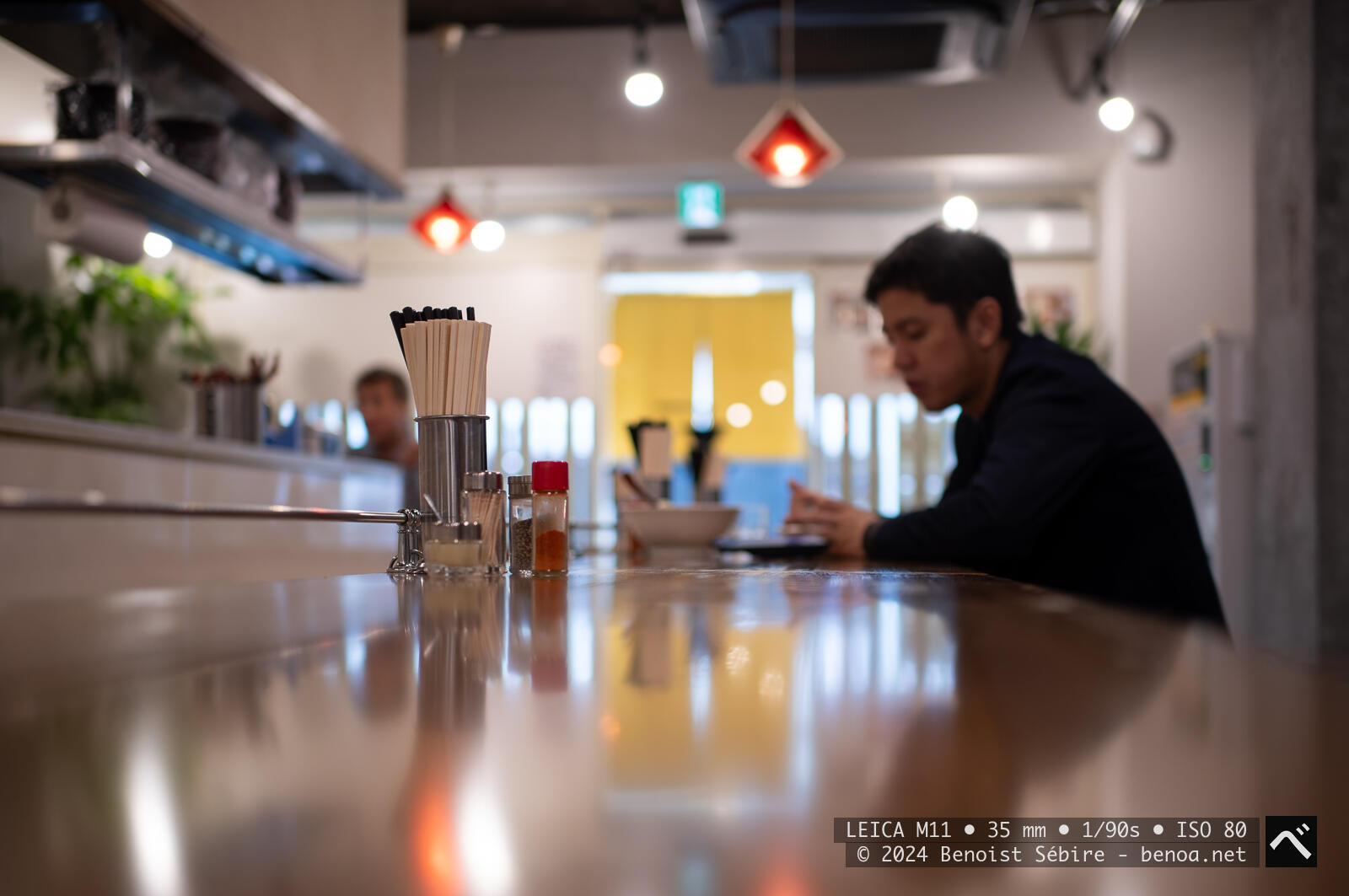Ramen Time

Delicious ginger ramen at the nearby station. Ginger adds a distinctive layer of warmth and aromatic complexity that enhances the dish’s overall flavor profile. Its slightly spicy, zesty notes cut through the richness of the broth, balancing the fatty pork.

At its core, ramen consists of Chinese-style wheat noodles served in a rich broth, often flavored with soy sauce, miso, or salt, and accompanied by an array of toppings. The noodles, made with wheat flour and kansui, have a distinct springy texture and come in various shapes and thicknesses. Did you know that the broth, the soul of the dish, is typically simmered for hours using a mix of ingredients like pork or chicken bones, fish, seaweed, and vegetables. Variants include the light and clear shio (salt-based), the tangy and savory shoyu (soy sauce-based), the hearty miso, and the creamy, pork bone-based tonkotsu. Toppings range from tender chashu pork and marinated soft-boiled eggs to fresh green onions, nori, and chewy bamboo shoots, with some regions adding unique ingredients like butter or corn. Ramen styles vary widely across Japan, reflecting regional tastes. Hokkaido is known for its miso-based ramen with butter and corn, while Kyushu offers creamy tonkotsu broth and thin noodles. Tokyo ramen typically features soy sauce-flavored broth and wavy noodles, and Kitakata ramen is distinguished by its soy-based broth and thick, chewy noodles. Each bowl tells a story of local culinary tradition.